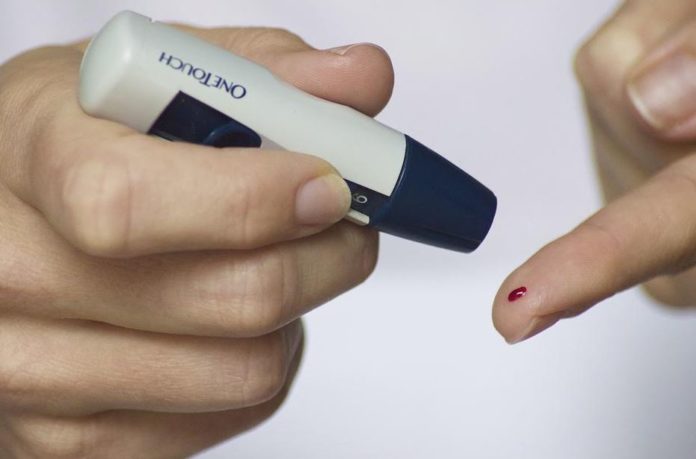New Delhi (NVI): Type 1 diabetes itself comprises two distinct sub-types depending on age, a new study has found.
Research conducted at the University of Exeter in the UK found that children who were diagnosed with diabetes under seven years of age do not process insulin properly and the cells that make it are quickly destroyed.
On the other hand, those who are diagnosed over 13 often continue to produce normal insulin, scientists said.
The findings have, however, reignited an important question that whether these “dormant” insulin-producing cells could be reinvigorated to work more effectively.
The study has been published in Diabetologia – the journal of the European Association for the Study of Diabetes. It suggests new names for the two distinct forms – endotypes – of the condition.
Type 1 diabetes diagnosed in youngest children was identified as endotype 1 (T1DE1) while type 1 diabetes in older children was identified as endotype 2 (T1DE2).
In the case of Type 2 diabetes, which is far more common and largely preventable, it is usually identified in adults and is influenced by both lifestyle and genetic factors.








